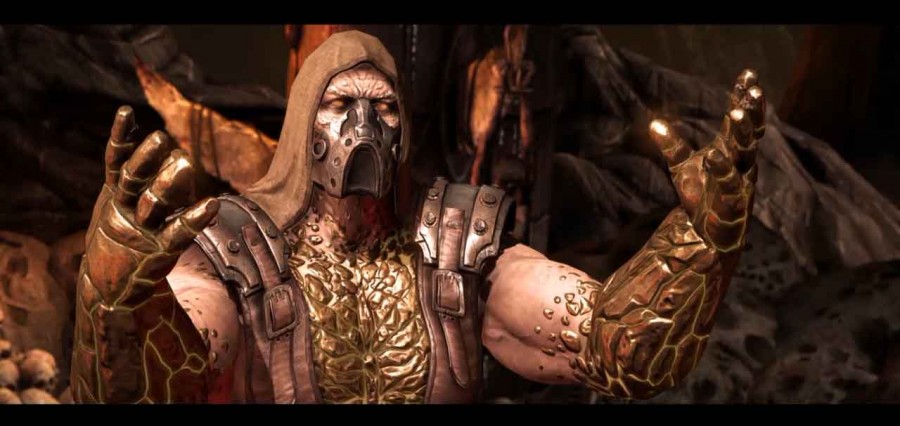Fighting Games
The introduction of “Mortal Kombat” brought popularity to combat games.
Fighting games have always been a large part of arcade culture, mostly for their Player-versus-Player (PvP) aspect.
As a whole, fighting games are extremely social, with two or more players standing or seated next to each other.
The first fighting games focused on boxing or martial arts as a standard aspect, such as 1976’s “Heavyweight Champ” and 1984’s “Karate Champ.” “Karate Champ” helped popularize fighting games in arcades and set the stage for “Street Fighter,” one of the most famous fighting game series.
In 1987, the first “Street Fighter” game was released. Through its development, it introduced staples of fighting games, including special attacks, blocking, instant challenges from other players and the now-standard six-button control system for fighting games.
Fighting games were not on home consoles until the 1990s, as they were not considered profitable enough. The release of games such as “Street Fighter II” and “Mortal Kombat” helped shift that perception and popularize fighting games.
But arcade fighting games declined in the late 1990s due to an overabundance of shoddily-made fighting games and awful movie tie-ins. But fighting games continued on home consoles with “Tekken” and “Soulcalibur” leading the way.
Fighting games are hard to start playing due to their complexity, which requires memorizing attack patterns, combination lists and other uses for a character. However, the “Super Smash Bros.” series has helped change that, working as both a complex fighting game and a fun party game.
As a whole, fighting games remain an indelible aspect of arcade culture, but through consoles and multiplayer gaming they have become an important part of social gaming.
To read about rhythm games visit: https://whsgoldenarrow.com/3927/arts-entertainment/rhythm-games/
Your donation will support the student journalists of Woodbridge High School. Your contribution will allow us to purchase equipment and cover our annual website hosting costs.

Hi, my name is Avantika and I am one of your Co-Editors-in-Chief for this year at the Golden Arrow. I've been in journalism for three years now, and served...







